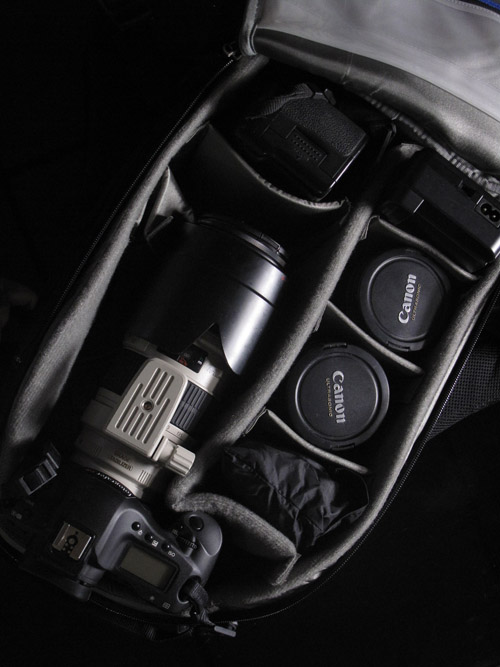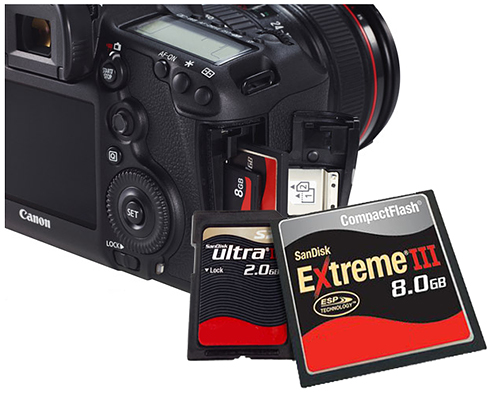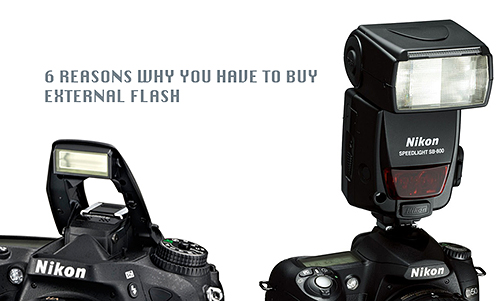
Have you ever had dark areas appearing on the edges of your photograph? If so, that’s what is called a lens vignette. Here are some causes and solutions for any vignetting that may occur in your photograph:
1. Lens Hood
Main cause of lens vignettes is the use of ill-fitting lens hoods. Each type of lens has its own compatible lens hood. There are universal lens hoods sold in the market, so you’ll need to be careful when buying one of these. If the width of the lens hood isn’t compatible with the lens’ perspective, you can expect vignettes to form in the resulting photos. Try out any lens hoods before your purchase.
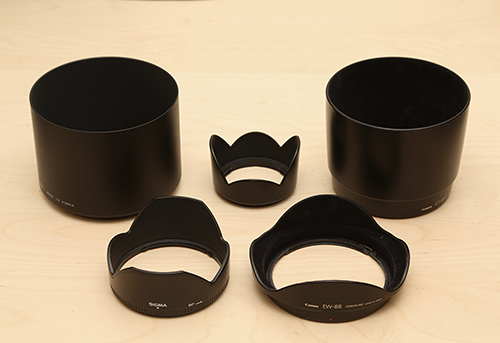
2. Filters
Stacking more than one filters on top of your lens is fine, though doing so isn’t recommended. Pairing a UV Filter and a CPL Filter is one of those non-recommendations. It may not be much of a problem when pairing it with a telephoto lens because tele lenses view angle are narrower, but in a wide angle lenses (ultra wide angle) like a 10-22 mm, even a thick singular filter (like the CPL) can cause vignettes to appear. Solution? Buy filters with the label “slim filter” for your wide lenses. As the name implies, a slim filter has a thinner dimension, and can be a bit more costly.

3. Lens Character
Lenses with a wide aperture, like an f/1.2 lens, have a tendency to produce vignettes in pictures. It will be worse if it has bad quality lens optics. To avoid vignettes, use a narrower aperture setting such as at f/8. If you still want to use its maximum f/1.2 setting, the vignettes can be edited post production using an editing software.
4. Non full-frame lenses on a full-frame camera body.
Cameras with a full frame sensor has specific lens selection. Lenses uses on full frame cameras can be used in cropped APS-C sensor but not vice versa. Size of the sensor impacts the lens’ perspective. The bigger the sensor, the wider the lens’ perspective will appear. For instance, an ATX-AF 10-17mm DX Tokina lens is designed for APS-C sensor cameras. If used in a full-frame camera body, a thick vignette will appear on the photo’s borders that’s caused by the lens’ lens hood.
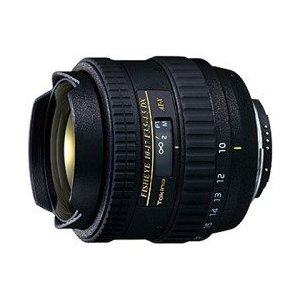
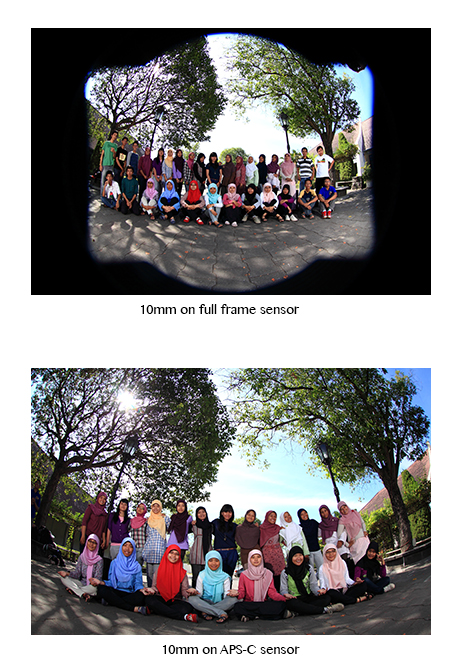
The sure easiest way to remove vignetting is actually by simply cropping your photos, but this will of course cut out parts of your photo. For cropping to work in your favor, always photograph with the future cropping in mind as you compose your photos in the viewfinder.











